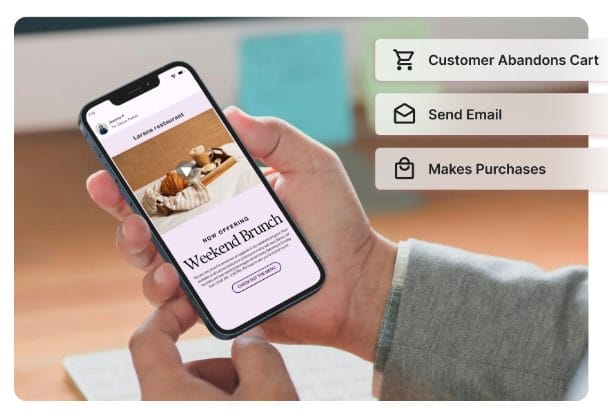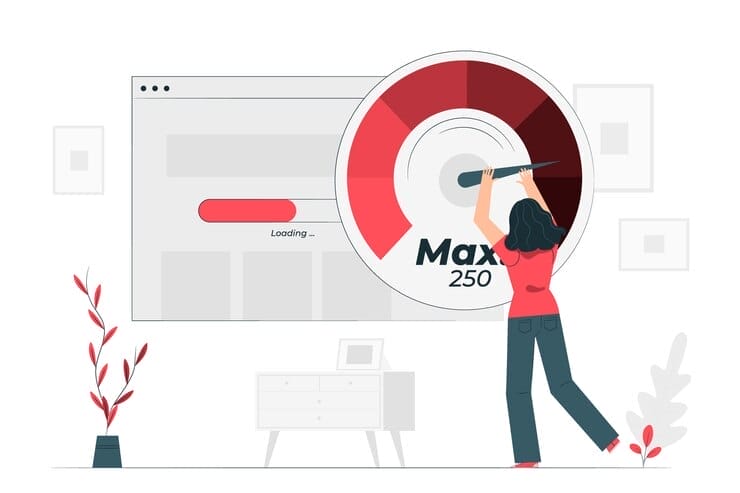What are The 4ps of Marketing
The 4Ps of Marketing are Product, Price, Place, and Promotion. These are the core components of any marketing strategy you want to consider for your channel marketing campaigns. If you apply these 4Ps to your marketing efforts, you are more likely to see higher ROI and more effective marketing results.
The 4Ps of marketing, the four pillars of marketing, are the most crucial aspect and a solid foundation upon which successful businesses are built. Every great business story you’ve ever heard has the backings of the 4Ps of marketing.

I’m sure you’ve heard something similar before. Marketing is complicated, constantly changing, and harder than it used to be. Nowadays, instead of just one, there are “4Ps” of marketing to take care of (Thanks, Joe Pulizzi, for the reminder) — which is equivalent to juggling five balls instead of two.
I won’t bore you with a marketing funnel explanation because it is the most important concept for every digital marketer to grasp, and you probably already have an idea of what it entails.
In this article, I’ll show you how the four Ps (Product, Price, Promotion, and Place) may help increase your marketing strategy return.
When it comes to marketing, you should focus on a few key metrics: revenue, conversion rate, and customer loyalty. Let’s face it: we’ve all heard of the 4Ps of marketing: product, placement, price, and promotion. If you want to boost your marketing efforts’ income, conversion rate, and client loyalty, you must implement the 4Ps of marketing across all channels.
The 4Ps of marketing can help you create an effective marketing campaign. Still, you’ll need to conduct some research to find answers to your questions about your product’s price, positioning, and other marketing-related concerns. These questions will help you determine which marketing techniques are best for your business and your specific marketing goals.
Product

The first thing that comes to mind when we think about marketing is products. After all, that’s what we buy. Your product could be anything from a book, service, or ingredient. The point is that you should focus on making sure that whatever you’re selling is something people want to buy. If you sell books, make sure they’re well-written and valuable. If you sell clothing, make sure that the clothes fit correctly and comfortably.
There are many ways to market your products, but not all involve selling physical goods. Some of the most successful marketing initiatives don’t even include anything of sale. They do, however, need the development of ties between you and your audience. These marketing campaigns are known as indirect channels.
Everything from social media marketing to blogging is covered. In addition to helping you build relationships with customers, these channels also help drive traffic to your website.
How do you determine which product will appeal to your target market the most?

You should concentrate your marketing efforts on how the end customer will engage with your product. In a way, you’re advertising your product. To do that, you need to know who your audience is, what their needs and pain points are, and what they are likely to do when they see your product.
Depending on the type of product, your target market, and other unique considerations, marketing techniques might differ significantly from one channel to the next.
Start by asking yourself the following questions to figure out the optimal product strategy:
– What is the core benefit of your product?
– Who do you believe your ideal clients are?
– What problems does your target audience have to cope with?
– What are the most pressing issues that your customers are facing?
Price

Price is always a factor when people decide whether or not to purchase a product or service. And, if you want to attract new customers to your business, you need to ensure that you have competitive pricing compared to your competitors.
How do you figure out how much to charge for your product?
– Understand your market
The first step to determining the price point best for your product is understanding your target audience and competitors’ prices. What do your competitors charge for similar items? What is the highest price that your consumers will pay for your product?
– Understand Your Supply Chain
If you want to know how to price your product, you first have to understand where your product comes from. Are you getting it straight from the manufacturers? Do you buy it directly from the middleman, or do you get it via a wholesaler? Once you know this information will help you figure out what kind of margins you should be looking at.
– Determine your cost structure
First Price = the Cost of Production + Profit Margin
The amount you must charge to cover costs and earn a profit on each unit sold is your first price. Next, find out how much your costs are. Materials required, labor expenses, power, overhead, promotion, marketing, and so on are all prices, though they usually are far lower than profit margins. Therefore, if you add them together, you’ll get a total representing how much you need to sell to stay profitable.
However, price alone isn’t enough to get customers to buy your product; you also need to offer something unique or special. When a product or service has a low price, customers naturally believe it is too good to be true. As a result, you can see a drop in sales. Try offering your product a premium or unique bonus to prevent this difficulty. Customers will be more likely to take action due to this, yet your costs will remain affordable.
To figure out the ideal pricing approach, ask yourself the following questions:
– Should I offer discounts or promotions to attract more customers?
– Will customers pay more for a product if they have more information about it or if it has additional features (such as a warranty)?
– Is there a free trial or a guarantee attached to the product being sold so that customers may try it out before buying it?
Place

The place is where the client may purchase your product. This may be found in brick-and-mortar stores (in-store marketing), eCommerce websites (online marketing), and even catalogs (mailing lists). Internet businesses include sites like Amazon.com and Walmart.com.
The place is where the customer can buy your product from. This may be seen in physical shops (in-store marketing), eCommerce websites (online marketing), and even mail-order catalogs (mailing list). Amazon.com and Walmart.com are two instances of internet merchants.
Where will your customers be able to find your product? If you’re selling an app, this could be on the Apple App Store or the Google Play Store for Android devices; if you’re selling physical goods, this could be on Amazon or eBay, where people can buy straight from merchants without having to engage in an order fulfillment procedure, like Alibaba’s B2B platform does. If you provide services, this could be through an online booking system where people can sign up for appointments with you.
Begin by asking yourself the following questions to choose the best technique for you:
– Where do you want to advertise your product?
– Where do your customers hang out online?
– On social media platforms or in online communities?
– How are you going to contact them?
Is there any other way to contact them, such as paid advertising or organic outreach strategies such as guest posting or email outreach campaigns, where you may reach out to people interested in learning more about your product or service via social media sites where they spend time every day? (Take, for example, Facebook groups.)
Promotion

In business, promotion is everything. It makes no difference whether you have the world’s best service or product if no one knows. It will help if you put yourself out there to get people to notice you.
Promotion is where the rubber meets the road. This is how you spread the word about what you have to offer. You won’t be very successful if you don’t advertise your brand.
There are many ways to go about this.
One alternative is to promote through social media; these platforms are great for informing people about what you’re doing and where you’re going.
Social media platforms like Facebook, Twitter, Instagram, YouTube, Reddit, etc., allow businesses to promote their products efficiently. These platforms are beneficial in terms of reaching out to potential customers. You can use social media to attract new followers, increase brand awareness, and generate leads.
Another method is through online directories. Some websites allow companies to post their location and hours of operation. If you don’t want to spend money on these options, you may always print fliers and distribute them across your community. You may also use classic advertising methods such as television, radio, and print advertisements.
To help you figure out your promotion strategies, try asking the following questions:
– How will my customers find out about my product or service?
– What kind of message is most likely to grab their interest?
– How can I leverage social media networks like Facebook and Instagram in order to reach new markets?
Summing up
New trends and marketing methods emerge near-daily in today’s digital marketing world. Even the most devoted marketers may find it challenging to keep up with the latest marketing trends. As a result, it’s vital to choose the right mix of tactics for your company’s and campaign’s goals.
To get the most out of your marketing efforts, choosing the right mix of techniques for your specific company and campaign goals is essential. You’re more likely to get more significant ROI and successful marketing outcomes if you implement the 4Ps of Marketing in your channel marketing initiatives.
These four core components of any marketing strategy can help you create an effective marketing campaign. That way, you can reach more people and boost your sales with just a few changes to your current marketing strategy.
READ ALSO: The Ultimate Guide to Inbound Marketing
You love this Article, right? Get more Updates via Adilo’s Twitter Page.








